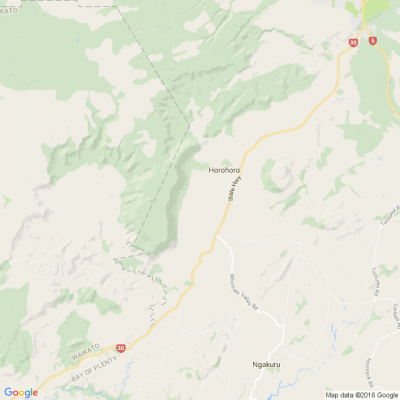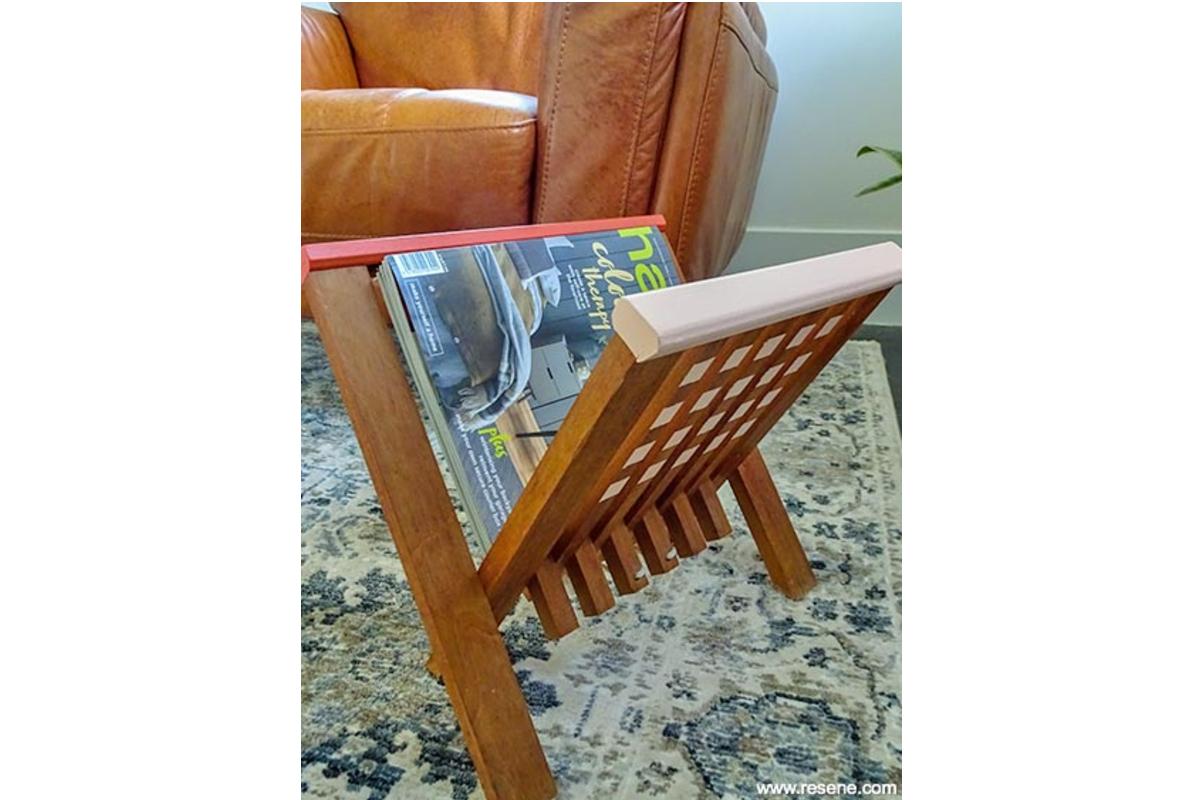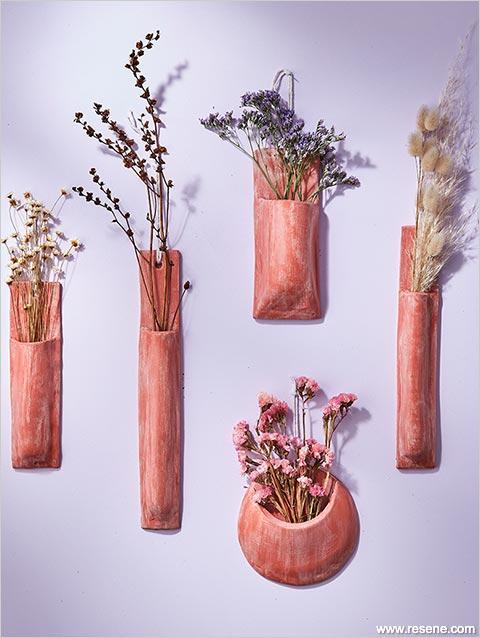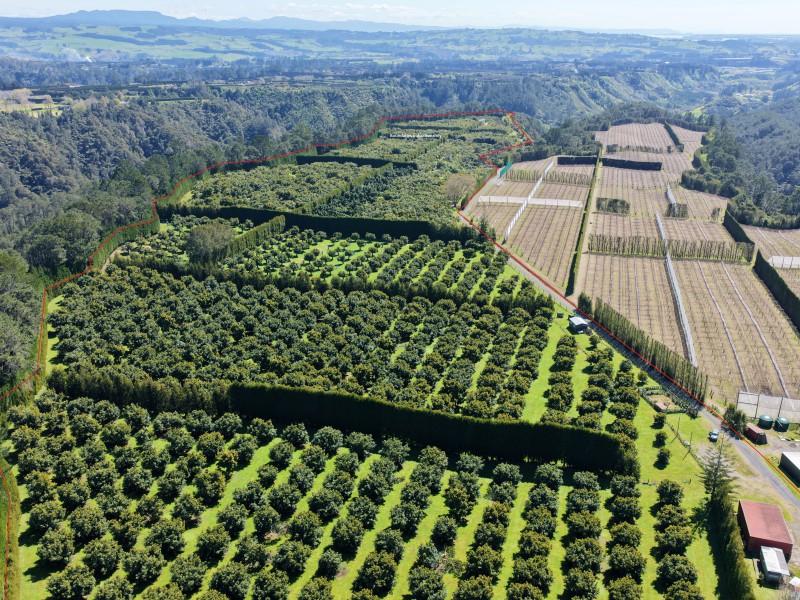
Know what’s happening
Access the private noticeboard for verified neighbours near you. Keep informed about any suspicious activity, send urgent updates to your neighbours when required and discuss emergency planning.
Get to know your neighbours
Browse the directory and start getting to know your neighbours. Don’t want to post to the whole neighbourhood? Send a private message.
Buy, sell and give away
Want to declutter your garage? Buy some used household items? Give away some garden stuff? Become a verified neighbour to browse and post items for sale. Trading is simple when everyone lives nearby.


Bring out the best in the concrete you already have #resenetip
Rejuvenate or refresh the colour of concrete inside or out with Resene ConcreteWash, a wash of sheer colour that can help to warm up the look of concrete without the need to replace it.

Thank you for using Neighbourly
You may receive an email confirmation for any offer you selected. The associated companies will contact you directly to activate your requests.
The Team from Graeme Dingle Foundation Rotorua
We are half way through the school holidays and we hope our young people are enjoying some well deserved mid year rest.
We know it can be hard to find new things for tamariki to learn and do, so we thought we would share with you a Tamariki Talks Challenge for you to try at home with friends and … View moreWe are half way through the school holidays and we hope our young people are enjoying some well deserved mid year rest.
We know it can be hard to find new things for tamariki to learn and do, so we thought we would share with you a Tamariki Talks Challenge for you to try at home with friends and family! Let us know how you go 😃
Click on the link below!
The Team from Resene ColorShop Rotorua
Breathe new life into an old magazine rack by adding a pop of colour with Resene testpots. Find out how to create your own.

Colleen Hawkes Reporter from Homed
We think this was the best apartment on The Block NZ: Firehouse in Kingsland. Stacy and Adam did a stellar job, and now it is going to auction for a second time, on July 28. 2021. Great character apartment, great location.
10 replies (Members only)
Hi there!
Here at Trade Me we're chuffed to let you know we’ve launched our Kindness Store again for winter, supporting KidsCan and the great work they do making sure our tamariki have a fair start – after all, little Kiwis can’t learn when they’re hungry, wet, and cold.
We’ve… View moreHi there!
Here at Trade Me we're chuffed to let you know we’ve launched our Kindness Store again for winter, supporting KidsCan and the great work they do making sure our tamariki have a fair start – after all, little Kiwis can’t learn when they’re hungry, wet, and cold.
We’ve stocked the store with all the essentials. Think fleece-lined rain coats and shoes to keep kids warm and dry, and warm, healthy food.
Just pick, click, and give now – we take care of the rest, making sure your purchase gets to KidsCan.
Learn more

Are you renting? Recent changes to the Residential Tenancies Act (RTA) make it easier for tenants to make minor changes to the rental property and improves the security of tenure. 🖼️🏠🔑
See the full list of changes, including a template for requesting to make a change to the property, on… View moreAre you renting? Recent changes to the Residential Tenancies Act (RTA) make it easier for tenants to make minor changes to the rental property and improves the security of tenure. 🖼️🏠🔑
See the full list of changes, including a template for requesting to make a change to the property, on the Tenancy Services website 👉bit.ly...
You can also read our story about the recent changes - and more - in our latest edition of the SuperSeniors newsletter 👉 bit.ly...

Robert Anderson from Curtain Clean Rotorua
Brace yourself. Severe weather is on its way for parts of the country and experts predict at least two days of icy temperatures, howling gales and torrential rain. Get the temperature up while keeping your power use down.
Our energy-saving tips will help reduce your overall electricity … View moreBrace yourself. Severe weather is on its way for parts of the country and experts predict at least two days of icy temperatures, howling gales and torrential rain. Get the temperature up while keeping your power use down.
Our energy-saving tips will help reduce your overall electricity consumption, meaning you won’t feel guilty for having a toasty home.
1. Don’t fear the electric blanket: they cost little to run (just over $10 per winter if used every night), especially compared to electric heaters. But only sleep with it on if it has a delay timer that can switch it off after a few hours. And it’s important not to neglect heating your bedroom – the World Health Organization recommends keeping bedrooms at 16°C.
2. Break out the crock pot: running a slow cooker all day uses a third of the electricity compared with cooking a roast in an electric oven for two hours.
3. Check your heat pump filter: it needs vacuuming every three months. The good news is it’s easy – just slide the cover off the front of your heat pump, lift out the filter and hoover away. If you haven’t cleaned it all year, you’ll immediately notice the difference. You don’t need to pay for a pricey heat pump service to get this sussed.
4. Clean your clothes dryer’s lint filter: don’t put your vacuum cleaner away just yet. Remove your clothes dryer’s lint filter, then give it a lux as well. This can significantly improve your dryer’s energy efficiency, thereby reducing its running costs.
5. Draught-proof your home: are your door hinges loose or your window latches rattly? Grab a screwdriver and tighten them up. This reduces the chance of nasty draughts blowing through your home. If that doesn’t work, buy some vinyl strips that adhere to the insides of the window frames to achieve a better seal between the window and the frame.
6. Cheapo double-glazing: you don’t have to be made of money to improve the heat retention of your windows - DIY window film, which fits across your frame and sits a little off the pane, can cost less than $10 per pane. You simply fit it to the frame to create an insulating layer of air between your room and the cold glass. Alternatively, taping bubble wrap to the window frames will achieve the same effect.
7. Light smarter: switch from your old incandescent, halogen or compact fluorescent (CFL) bulbs to LEDs. They use far less energy and last much longer.
8. Check your power deal: visit Powerswitch.org.nz to see if you could be getting a better deal for power elsewhere. If you’re on a spot-based tariff, consider switching for the winter to avoid the high spot prices currently experienced on cold winter evenings.
9. Shower smarter: grab a 10L bucket, chuck it under your shower and start timing. If it fills in less than a minute, your showerhead is a water-waster. You can snag a low-flow, energy-efficient showerhead for less than $100.
10. Revisit your childhood with a wheat bag or hot water bottle: it costs next to nothing to fill a hot water bottle or heat a wheat bag, and they’re a great way to keep the bed warm in a pinch.

The Team from Age Concern New Zealand
If you have safety concerns for yourself, or an older friend or family member you can call us for free and confidential advice and support.
There are many reasons why elder abuse occurs. It often stems from attitudes that are ageist, and disrespectful of older people.
The majority of cases … View moreIf you have safety concerns for yourself, or an older friend or family member you can call us for free and confidential advice and support.
There are many reasons why elder abuse occurs. It often stems from attitudes that are ageist, and disrespectful of older people.
The majority of cases that Age Concerns work with involves older people living in their own homes. In most instances it is family members like adult children who perpetrate elder abuse or neglect.
Call 0800 65 2 105 to contact your nearest Age Concern

132 replies (Members only)
Robert Anderson from Curtain Clean Rotorua
Take on the terracotta trend and sculpt a unique floral feature.
You will need:
- Modelling clay (air-drying or baking)
- Rolling pin
… View moreTake on the terracotta trend and sculpt a unique floral feature.
You will need:
- Modelling clay (air-drying or baking)
- Rolling pin
- Knife
- Straw
- Fine sandpaper
- Test pot brush
- Paint test pots (we like Resene Sakura & Resene Apple Blossom)
- Resene FX Paint Effects Medium
- Small sponge
- Cord to hang
Step one: Start by rolling out your clay about 7mm thick (A). It’s important to work on a clean, non-stick surface.
Step two: Use a knife to cut a rectangle as long as you want the main shape to be, then cut a square roughly twice the width of the rectangle and two-thirds the height (B). No matter what shape you’re making, the top piece must be wider to form a dome or pocket. The backing piece always needs to be taller and have enough height to support your flora and allow for a hole.
Step three: If using air-drying clay, dip your fingers in water and wet the edges of the clay slightly – baking clay does not require any water to seal together. Take the smaller, wider square piece and make an arc over the backing piece, bringing the sides together (C). Press the sides down so the clay bonds together, then do the same along the bottom (D), making sure you still have a curved opening at the top.
Keep reading: www.curtainclean.co.nz...

Robert Anderson from Curtain Clean Rotorua
Rainy days are the one thing parents do not need during the holidays, but they happen. We have great ideas for free or low cost rainy day activities when the kids must play indoors.
In a perfect world, every school holiday would be filled with blue skies and sunny days, but unfortunately … View moreRainy days are the one thing parents do not need during the holidays, but they happen. We have great ideas for free or low cost rainy day activities when the kids must play indoors.
In a perfect world, every school holiday would be filled with blue skies and sunny days, but unfortunately that’s not always the case – especially during Winter! It’s a good idea to have some inside activities up your sleeve for those ‘stuck indoors’ times. We’ve put together our favourite rainy day ideas for you to have on hand, just in case.
Let’s Get Physical: Just because you’re stuck inside, doesn’t mean the kids have to blob out and do nothing. In fact if one rainy day rolls into the next, they’ll be itching to move about and use up some energy. Try some of these ideas to get active while you’re stuck indoors:
•Make your own Ten Pin bowling alley by using plastic soft drink bottles and a rubber ball. Put a cup of sand or gravel in the bottom of each bottle to give them a bit of weight, and then arrange the ‘pins’ into a triangle shape at the end of the hallway. Children stand at the other end of the hall and take turns to bowl.Use your Ten Pin alley to fill in half an hour here and there, or arrange a whole tournament to take place amongst your children and their friends.
• Create an obstacle course that traipses through the whole house. I know it sounds like a nightmare to clean up, but it will keep the kids occupied for ages. Not only do they get to create the course, they then get to do it over and over. They can time each other to see who can do it the fastest, or experiment running the course backwards, blindfolded, or with their hands behind their backs. You’ll need to make sure the course is safe, so check it out before they launch into their races.
• Dancing is a great way to burn off some energy, so turn on some music and start moving that body. If you have a house full of kids, you could play musical games like statues or musical chairs.
Create your own Board Games: Board games are a great way to while away a few hours, but if your children are tired of the games you have at home, why not get them to make their own. Give them a large sheet of poster card, some felt pens, old magazines, scissors and glue, and let them go to it.
They’ll need to create their own rules, cards, counters and dice, and trust me – you’ll be amazed by what they come up with. The whole family can take turns playing each other’s games.
Keep reading: www.curtainclean.co.nz...
Mei Leng Wong Reporter from NZ Gardener & Get Growing
NZ Gardener is again looking for greenfingered good sorts – individuals or groups who have used gardening skills to help other people. Five finalists will feature in the October magazine and one will go on to become 2021 Gardener of the Year! There are some amazing prizes up for grabs so if you … View moreNZ Gardener is again looking for greenfingered good sorts – individuals or groups who have used gardening skills to help other people. Five finalists will feature in the October magazine and one will go on to become 2021 Gardener of the Year! There are some amazing prizes up for grabs so if you know a homegrown hero who is using their gardening skills for good, nominate them now!

Who vs. Whom? If you can replace the word with “he”’ or “’she,” use who. If you can replace it with “him” or “her,” use whom.

Alison from Ngongotaha
Suzuki GS 550, 1980, Red, low mileage,
NEW: tyres/chain/drive sprockets/battery/seat cover.
REGO ON HOLD, NO WOF
Sold as is where is - sensible offers welcome
Call Steve 021 0604844
Negotiable
"Being deaf is no barrier to learning and seeing someone like me achieving qualifications and working in a job that has a lot of responsibility has hopefully encouraged them to give it a go.”
When Erich Krogmann started the Food and Beverage Level 2 qualification, he had to learn how to … View more"Being deaf is no barrier to learning and seeing someone like me achieving qualifications and working in a job that has a lot of responsibility has hopefully encouraged them to give it a go.”
When Erich Krogmann started the Food and Beverage Level 2 qualification, he had to learn how to balance study with a night job and a young family, but his main challenge came in the form of his hearing disability.
Erich says he thinks he’s inspired other people with a disability to take on training.
Read Erichs full story here

Robert Anderson from Curtain Clean Rotorua
What is an Eco-brick?
An eco-brick is a plastic bottle packed with shredded, single-use, non-recyclable plastics, compressed to a required density to create a reusable building block. They are a sustainable way to reusenon-biodegradable plastic waste as they are regarded as a long-lasting and … View moreWhat is an Eco-brick?
An eco-brick is a plastic bottle packed with shredded, single-use, non-recyclable plastics, compressed to a required density to create a reusable building block. They are a sustainable way to reusenon-biodegradable plastic waste as they are regarded as a long-lasting and durable material.
Eco-bricks = a low energy solution to keeping plastic out of the ecosystem!
What is the purpose of an eco-brick?
Making an eco-brick can be a tedious and time-consuming project (but great to do whilst watching TV!) and the purpose of it is to make you responsible for your own plastic waste and encourage you to reduce your own consumption.
The aim is to help you cut down on what you’re buying and ultimately produce less waste whilst creating something beneficial for yourself or the community!
What goes into the eco-brick?
The most important thing about an eco-brick is that the contents are CLEAN and DRY before they get stuffed. The reason for this is to prevent any bacteria or mould forming inside, which will undo all your hard work as they will not be validated!
You can put inside an eco-brick:
Potato chip, biscuit, cake packets etc.
Stretchy plastic e.g., carrier bags, bread bags, clingfilm etc.
Pasta/rice packets
Packaging – bubble wrap/plastic envelopes
Styrofoam/polystyrene
Hard plastic – meat trays, flowerpots etc (however, hard plastics will need to be cut up into much smaller pieces than soft plastic to allow you to reach the weight requirements)
What can I make with an eco-brick?
The most common personal projects are footstools! They can be as small or as large as you want, you can be creative with the bottle bottom colours to make a cool pattern or cover them in some fabric to make a decorative piece around the house!
There are other smaller projects you can make, like doorstops for example! I am personally taking inspiration from this one found on Pinterest:
Ok, so how do I make one?
It is very simple! The picture below shows you how in 5 simple steps. The key is to just keep stuffing until you can’t any more! With time and patience, your brick will come to life.
No one dreams bigger than an Olympian, and nothing connects us as a nation quite like sport!
As a proud partner of the New Zealand Olympic Team, we’re getting behind our Olympians so they can turn their dreams into a reality.
Learn more

 Loading…
Loading…
Are you sure? Deleting this message permanently removes it from the Neighbourly website.
 Loading…
Loading…

 Buyer Enquiry Over $680,000
Buyer Enquiry Over $680,000


 Marketed by Anny Nicholson
Marketed by Anny Nicholson

 Tender
Tender



 Marketed by Brett Ashworth
Marketed by Brett Ashworth

 $1,750,000 + GST (if any)
$1,750,000 + GST (if any)



 Marketed by Lindy Nelson Parker
Marketed by Lindy Nelson Parker
© Neighbourly 2025
